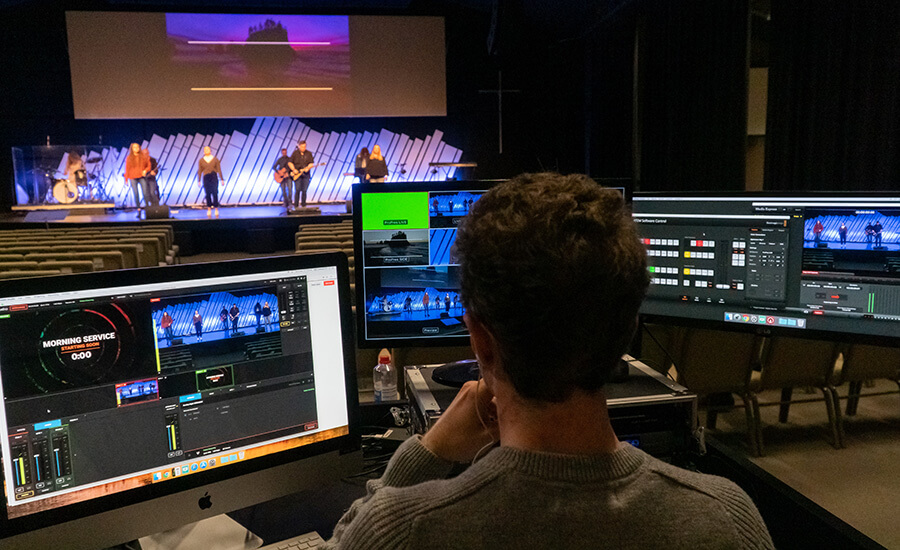Transforming Transmission with Cutting-edge Audio over Internet Protocol Technologies toward a Integrated Future
Transforming Transmission with Cutting-edge Audio over Internet Protocol Technologies toward a Integrated Future
Blog Article
This world of broadcasting is experiencing a significant shift thanks to innovative sound via IP (AoIP) solutions. These advancements are revolutionizing the way audio programming is created, delivered, and received. Audio over IP is defined as the method of sending audio signals over a computer system, using Internet Protocol (IP) rather than conventional analog methods. This change not only improves the quality of audio delivery but also offers broadcasters with more flexibility and authority over their programming.
A single key benefit of audio over IP technology is its ability to link various devices and technologies seamlessly. Classic broadcasting often relied on intricate cabling and physical links, which could be cumbersome and restrictive. With AoIP, broadcasters can easily interface mics, mixers, and additional equipment through a shared network. This convergence allows for remote broadcasting and live transmissions from virtually any place, making it simpler to connect with audiences across the globe. As a consequence, broadcasters can respond quickly to current events and listener demands, leading to more dynamic and engaging programs.
Moreover, AoIP technology facilitates superior audio standards that enhance the listening encounter. In contrast to conventional broadcasting methods, which may diminish sound standards, audio over IP can preserve the purity of the audio stream during the delivery procedure. This implies that audiences can experience clearer and more detailed sound, whether they are tuning in via radio, streaming online, or employing portable devices. The capability to provide premium audio is particularly crucial for music and talk shows, where each nuance matters Get More Info to the listeners.
Additionally, the adoption of audio over IP systems can lead to financial efficiencies for media companies. By using existing network infrastructure, organizations can eliminate the need for expensive hardware and large-scale cabling. This not only lowers initial costs but also lowers maintenance expenses over time. Broadcasters can allocate resources more efficiently, focusing on production and talent development. As a consequence, the entire broadcasting industry can benefit from increased innovation and inventiveness, as financial resources are reallocated toward enhancing programming and interacting with audiences.
In conclusion, the shift towards audio over IP technologies is transforming the broadcasting landscape. By allowing smooth links, enhancing audio quality, and reducing costs, AoIP is paving the way for a more connected future in broadcasting. As media organizations continue to adjust to these developments, they will be better equipped to meet the needs of their listeners, create compelling content, and remain competitive in an ever-evolving industry. The prospects of broadcasting is promising, and audio over IP will take a crucial role in shaping how we experience audio programming in the future to follow.